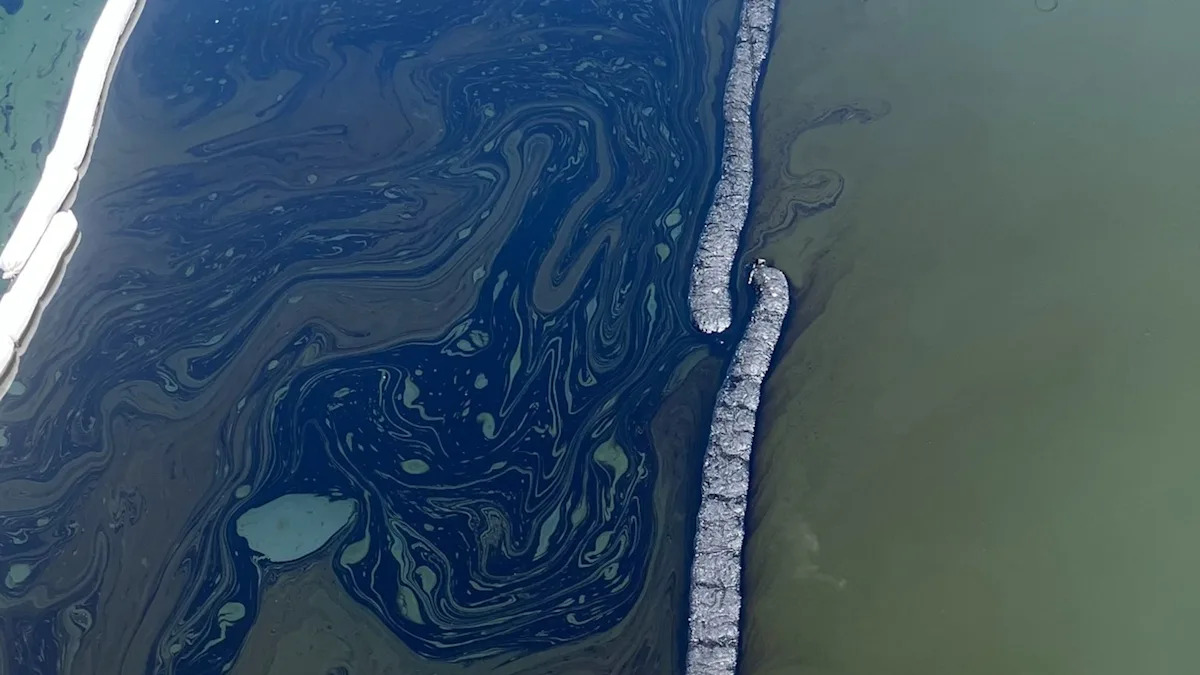Home / Environment / Cairns Residents Rescue Oil-Coated Pelican Amid Environmental Crisis
Cairns Residents Rescue Oil-Coated Pelican Amid Environmental Crisis
11 Nov
Summary
- 10,000 liters of toxic bitumen and kerosene spilled into Trinity Inlet
- Pelican coated in sticky black residue became symbol of community's fight
- Rescue efforts hampered by uncoordinated public attempts to help

On September 29, 2025, a spill of 10,000 liters of toxic bitumen and kerosene from a Boral asphalt plant in Cairns, Australia has contaminated the Trinity Inlet waterways and triggered a gut-wrenching environmental crisis. The sight of a pelican, coated in the sticky black industrial residue and struggling on the popular Cairns Esplanade, has become a powerful symbol of the community's fight to protect its coastline.
The massive leak has coated the shoreline and mangroves, creating a significant contamination zone near the Great Barrier Reef. Authorities have issued a precautionary advisory against consuming seafood caught in the affected area, shaking public confidence in the food supply. The immediate impacts of the spill are being felt directly by the local community, as the toxic pollutants pose a grave danger to the ecosystem's crucial mangrove forests and wildlife.
Despite the efforts of the Far North Queensland Wildlife Rescue team, the distressed pelican has repeatedly evaded capture, with uncoordinated public attempts to help only scaring the bird off and making the rescue more difficult. The pelican was finally located and captured on October 17, assessed by a vet, and placed in the care of a wildlife rescuer before being released back into the wild two weeks later.
This specialized rescue effort highlights the critical role of professional wildlife rescue programs in mitigating the devastating effects of industrial spills on the environment and local communities. Stronger accountability and spill prevention systems are crucial to prevent future tragedies and ensure a safer, cleaner world for both people and animals.




